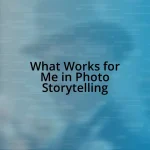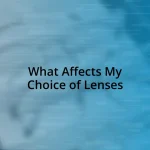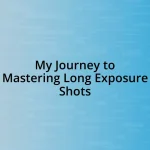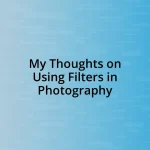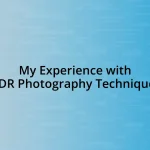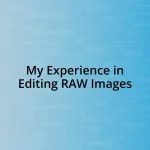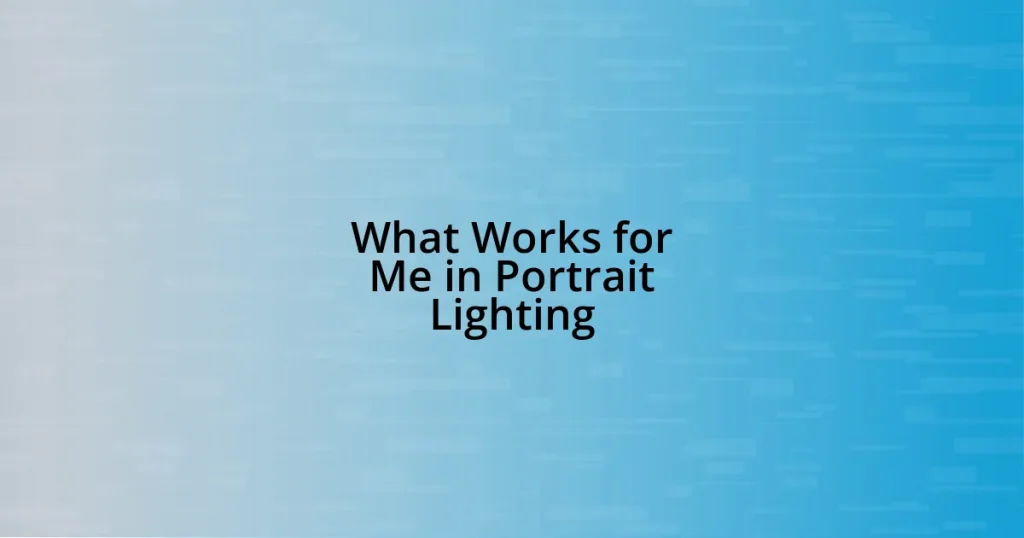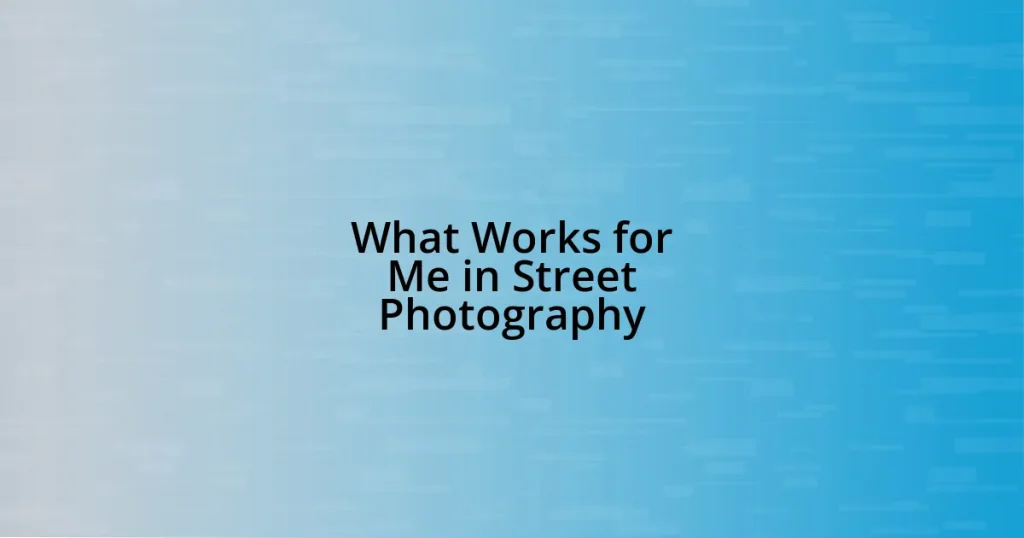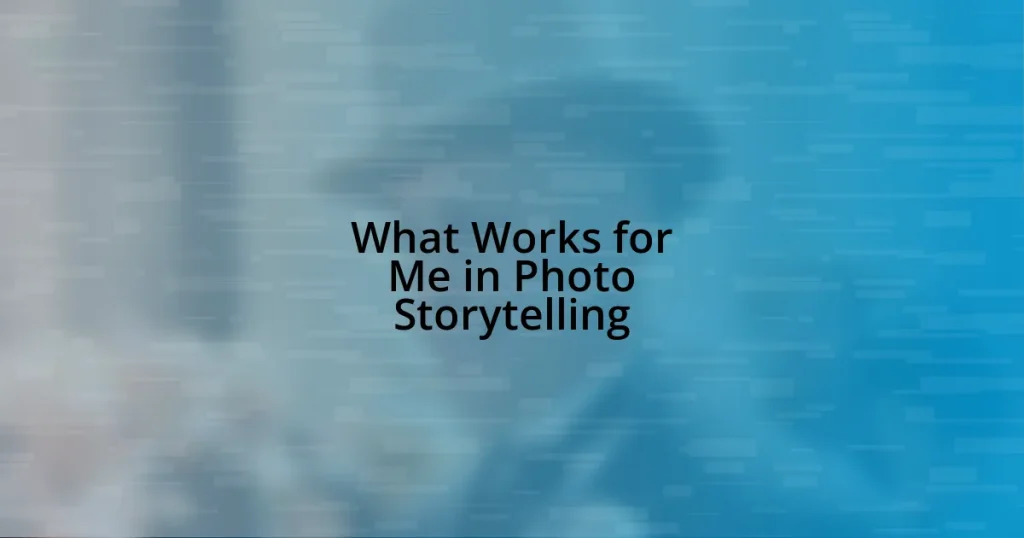Key takeaways:
- Understanding exposure, ISO, and shutter speed is crucial for successful night photography.
- Essential settings include a higher ISO (1600-3200), wide aperture (f/2.8 or wider), and longer shutter speeds (1-30 seconds) to capture dynamic light.
- Choosing the right equipment, such as a full-frame camera, fast prime lens, and a sturdy tripod, enhances night photography results.
- Post-processing techniques, like adjusting exposure, boosting saturation, and applying noise reduction, can significantly improve night images.

Understanding night photography basics
When I first started exploring night photography, I felt an exhilarating mix of fear and excitement. The challenge of capturing the beauty of the night sky and city lights became a thrilling adventure. What I quickly learned is that understanding exposure, ISO, and shutter speed is crucial. You’re essentially painting with light, and the right settings can transform a mundane scene into a magical moment.
One evening, while shooting at a local waterfront, I struggled with my camera’s settings, feeling a bit lost. It was then I realized that wide apertures let in more light, perfect for low-light situations. I started experimenting, and the beautiful bokeh—those soft, out-of-focus lights—turned my images into dreamy nightscapes. Isn’t it fascinating how a simple tweak can dramatically change your perspective?
In night photography, patience and practice are your best friends. I’ve stood in freezing temperatures, waiting for the perfect moment when the stars aligned—or the clouds cleared. Every missed shot taught me something valuable. Have you felt that thrill of anticipation while waiting for that perfect image to unfold? It’s a journey of discovery, and each click of the shutter brings new insights about light and shadow.
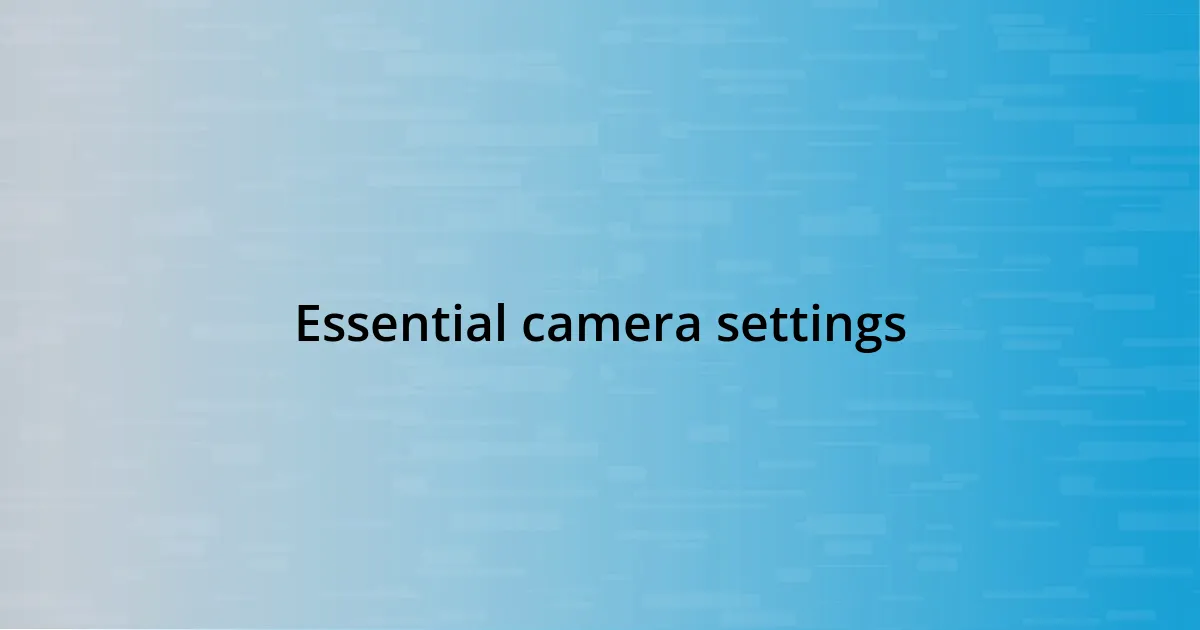
Essential camera settings
When it comes to essential camera settings for night photography, there are a few basics that make all the difference. Balancing exposure can feel like a dance, where shutter speed, aperture, and ISO work together harmoniously. I remember the first time I captured a stunning city skyline at dusk; it was a blend of excitement and fear as I adjusted my settings on the fly, striving for the sweet spot of clarity and softness.
Here’s a concise breakdown of essential settings to consider:
– ISO: Start with a higher ISO (1600-3200) to catch more light, but be cautious—higher ISO can introduce noise, which might detract from your image quality.
– Aperture: Use a wide aperture (like f/2.8 or wider) to allow as much light as possible; this will create that beautiful depth of field.
– Shutter Speed: Experiment with longer shutter speeds (1-30 seconds) for softer and more dynamic light trails in your photos.
– Focus: Manually focus if possible; auto-focus struggles in low light, and you don’t want to miss that flicker of light on a distant star.
– White Balance: Adjust your white balance to capture the true colors of the scene, whether it’s the warm glow of street lamps or the cool hues of a moonlit sky.
Embracing these settings means embracing your camera like a trusted companion, discovering its quirks as you go. Each shot becomes a testament to your journey, where every tweak mirrors your evolution as a night photographer.

Choosing the right equipment
When it comes to choosing the right equipment for night photography, I believe that selecting a suitable camera and lens can greatly enhance your experience. A camera with good low-light performance, such as those with larger sensors, allows for clearer images at higher ISO settings. I recall using a full-frame DSLR for the first time; I was amazed at how much detail it could capture in near darkness compared to my older, crop-sensor camera. The difference felt like night and day—literally!
Another vital decision involves the lens. I often reach for a fast prime lens, preferably with an aperture of f/1.8 or wider. These lenses not only gather more light but also provide beautifully sharp images, which is crucial for night scenes. I remember being captivated by the stars during a long exposure shot; the lens worked wonders, rendering the celestial bodies as delicate points of light against the dark canvas of the sky.
Lastly, don’t overlook the importance of sturdy tripod support. A robust tripod keeps your camera steady during those longer exposures. I’ve had moments where a slight breeze prompted a shaky image, ruining the entire shot. Investing in reliable gear can minimize such frustrations and increases your chances of success in capturing those magical night moments.
| Equipment | Description |
|---|---|
| Camera | Full-frame sensors offer superior low-light performance. |
| Lens | Fast prime lenses (f/1.8 or wider) maximize light capture. |
| Tripod | A sturdy tripod stabilizes the camera for longer exposures. |
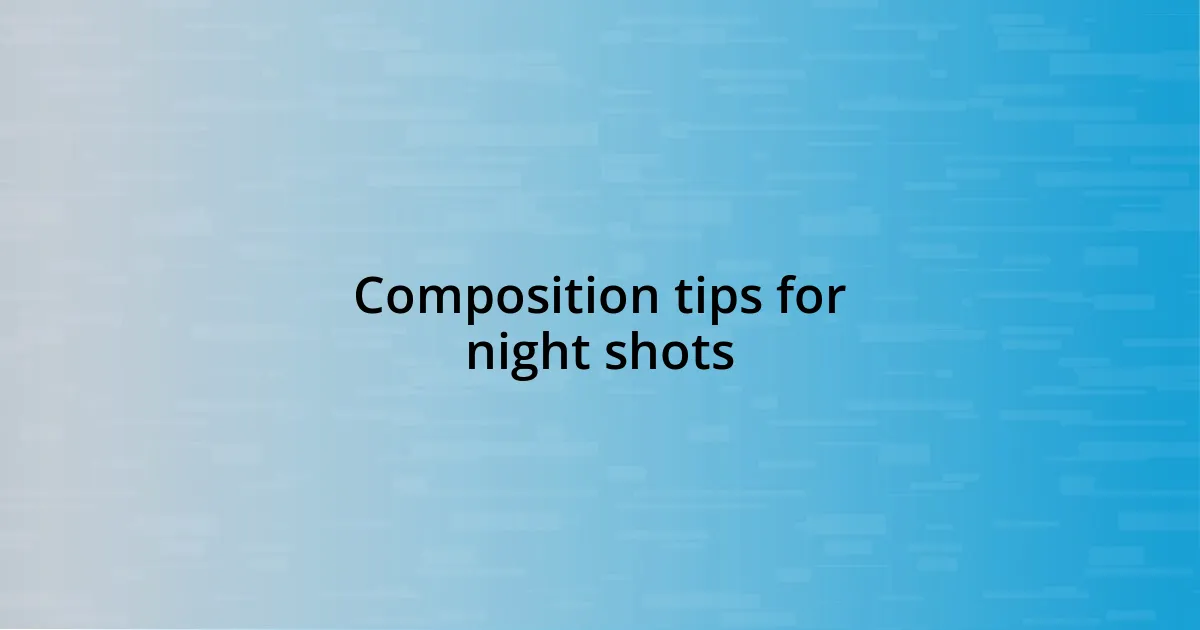
Composition tips for night shots
When composing night shots, think about the rule of thirds to create a balanced image. I often visualize my shots in three sections—this helps me position key elements like city skylines or tree lines strategically. It’s fascinating how even a slight adjustment in placement can transform a photo from ordinary to striking. Have you ever noticed how some images pull you in while others just don’t? I believe these compositional choices can make all the difference.
Playing with leading lines is another effective way to guide the viewer’s eye through the frame. I remember standing on a bridge one night, watching as headlights from cars illuminated the road below. I captured the curves of the highway as it meandered into the city—it felt like I was inviting viewers to take a journey along with me. That sense of direction in your shots can create a story, and everyone loves a good story, right?
Don’t forget about foreground interest, either. Adding elements like rocks, foliage, or silhouettes gives depth and context to your night scenes. I recall framing a beautiful sunset with a nearby tree branch in the foreground. The contrast of shadows against the twilight sky made the whole image pop, creating an ethereal vibe. It’s this depth that pulls people into your vision, making them feel they’re experiencing the moment alongside you.
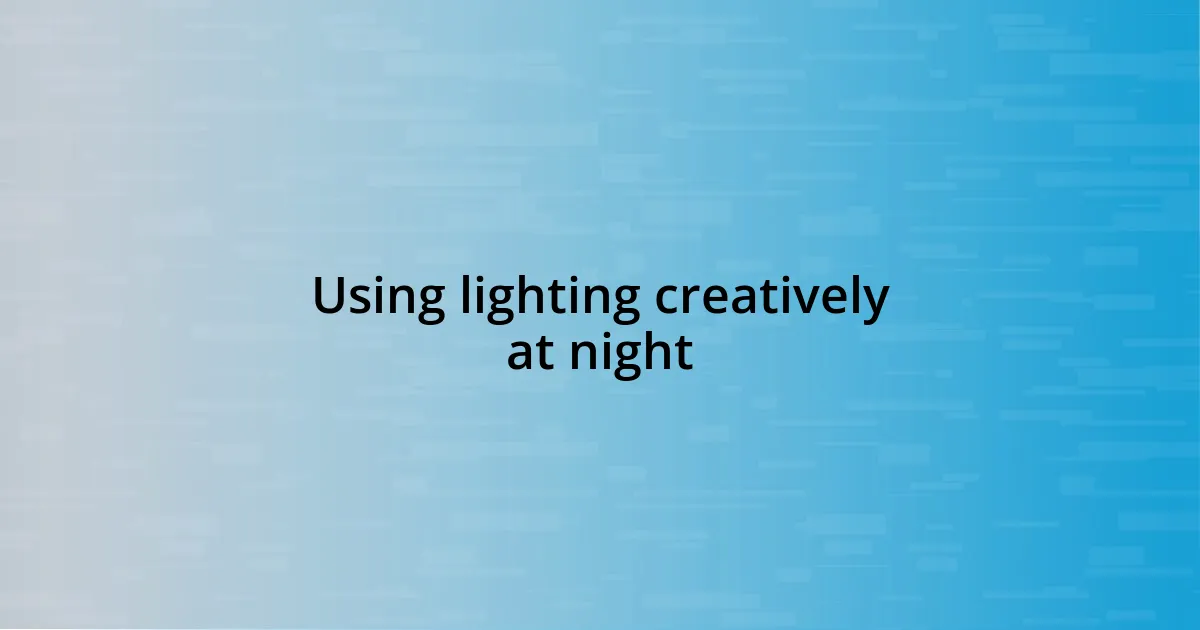
Using lighting creatively at night
Using lighting creatively at night can be a game changer in your photography. One technique I often use is backlighting – positioning my subject against a light source can create a stunning silhouette effect. I remember a night where I captured a lone tree framed against a glowing city skyline, its branches dark but outlined by the brightness behind it. The contrast was striking, evoking a sense of solitude that resonated deeply with viewers.
Another method I enjoy is experimenting with artificial light sources, like lanterns or flashlights. I once set up a small lantern in the foreground while shooting a starry night scene. The soft, warm glow beautifully illuminated the foreground rocks, creating an enchanting contrast against the deep blue of the night sky. It’s moments like these that make me wonder—don’t you love when unexpected elements combine to produce breathtaking results?
Lastly, don’t shy away from the allure of long exposures with moving lights. During a recent outing, I captured the mesmerizing trails of car headlights passing by a riverside. The way those lines danced through the image added motion and energy to an otherwise still scene. Have you ever tried capturing light trails? It’s an exciting way to inject life into your photos, making them feel more dynamic and full of stories waiting to be told.
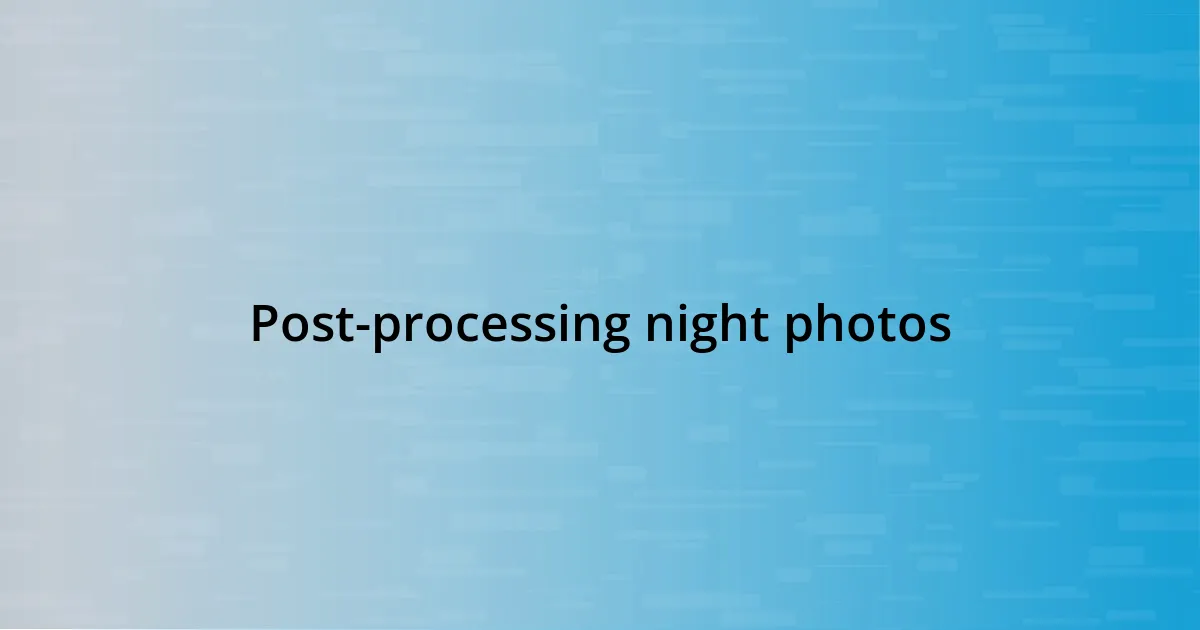
Post-processing night photos
Post-processing night photos is a crucial phase that can elevate your images to new heights. I often find that adjusting the exposure and contrast can reveal hidden details in darker areas. Just the other night, while editing a shot of a bustling city skyline, I noticed that lightening some shadows brought out the intricate architecture I had initially overlooked. Isn’t it amazing how transformation occurs at the click of a button?
Another essential step for me is to enhance colors through saturation adjustments. I remember editing a photo taken during a festival—colorful lights cast a magical glow, but it felt a bit muted initially. By boosting the saturation, it felt like the vibrancy of the event truly came to life on my screen. Have you ever increased a color’s intensity only to feel as if the image jumped off the page? It’s moments like these that make post-processing feel like the final brushstroke on a canvas.
Finally, I recommend utilizing noise reduction techniques, especially for high-ISO shots. There was a time when I captured a stunning view of the Milky Way, but the graininess was unbearable. A quick pass through a noise reduction filter made all the difference, turning a rough image into a clear, star-studded sky that felt mesmerizing. Have you experienced the joy of reviving a photo you thought was lost? The right post-processing can truly rescue and highlight the beauty of your night photography.



